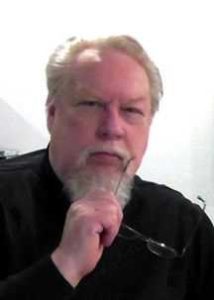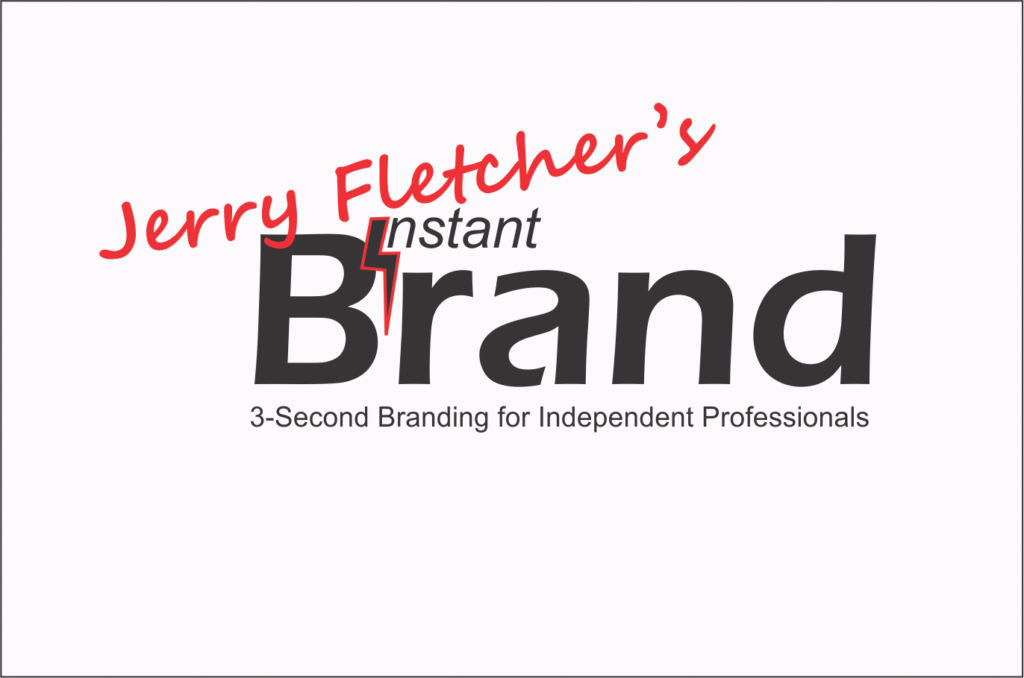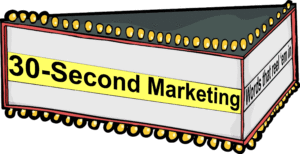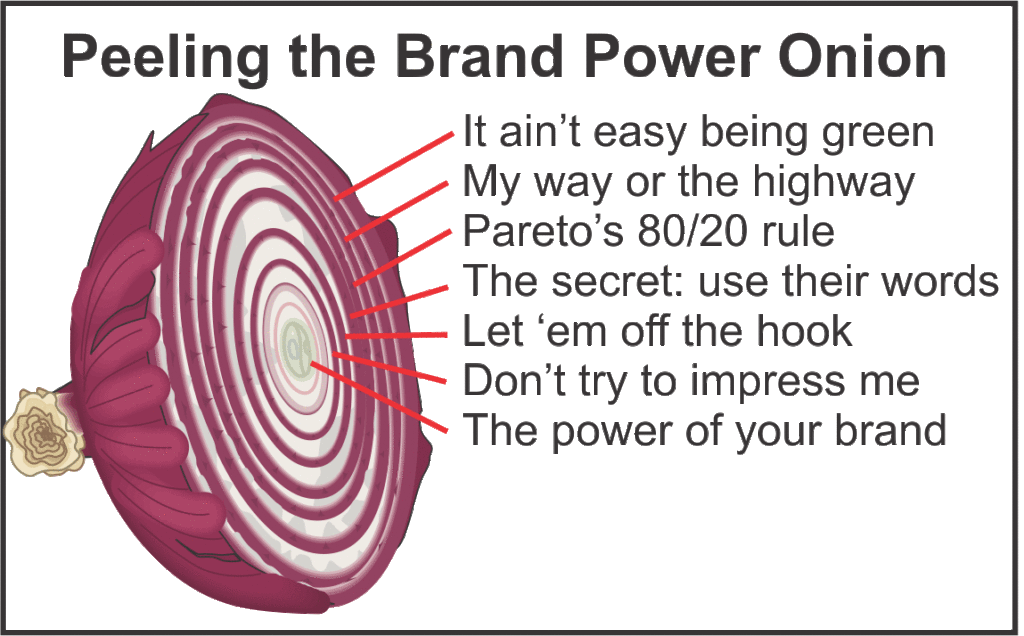 It’s difficult for some folks to develop the hook, the instant brand, in their 30-Second Marketing approach.
It’s difficult for some folks to develop the hook, the instant brand, in their 30-Second Marketing approach.
It ain’t easy being green.
Today, a client described getting to 30-Second Marketing as “peeling the onion.” Like so many he has difficulty in finding his way into the mindset of his ideal client/customer. Achieving a level of empathy gets more difficult the further you are separated in terms of gender, color or culture. “It ain’t easy being green” is the way Kermit the Frog summed it up
My way or the highway
Often a CEO or President has become so entrenched in her/his way of thinking that they assume everyone thinks like they do. They believe that prospects don’t have the problem they state if it doesn’t match their perception.
If you can’t see the problem as a prospect sees it your solutions will be invalid. It could be you, Mr. or Ms. CEO on the highway instead of the other way around.
Pareto’s 80/20 rule was right
In developing 30-Second Marketing with clients over the last 20 years I’ve found that successful independent contractors find that about 80% of those who hire them report the same problem. Yes, they have other problems but in the target population there are only two others that creep up in importance. Neither is as important as the first.
The secret is to use their words
Listen. How do they describe the problem? Is there a single word that gets at the heart of it? How do they go on about what is bothering them? If something is truly bothering them the deeper you go the more you hear the despair. They start with frustration and wind up somewhere around hopeless. Your job is to capture the words they use because those words are the ones that will touch their emotions. Decisions are made and action taken based on emotion. Sure, you might rationalize it later but the emotional trigger is the one you need to get to.
Let ‘em off the hook
Have a client look back on why they hired you. Emotions will come out that didn’t before the engagement. Emotions you’ll hear: Fear, Anger, Sadness, Disgust, Surprise. Compare what they say now to other’s comments. Look for the pattern Frustration can be substituted for anger. Frequently, in lawsuits folks want a “Pit Bull” because they don’t want to be surprised. . If you identify an emotionally loaded word as the real problem, you may have to be cognizant of their feelings and instead of using the word refer to “some people” or “others” when describing the situation.
Don’t try to impress me with 50-cent words.
You won’t. And you won’t convince or persuade your prospect either. To be successful, your brand must be presented in words a 5-year-old can understand. Keep it simple. Instead of describing yourself as a Digital Device Technician try being a member of the “Geek Squad.” Become the CPA who says he is ‘Captain Crunch.” Describe yourself as the Networking Ninja and have people remember you for years. The secret is to use their words.
If you are a scientist, dumb it down for me. If you are a lawyer, do not obfuscate. If you use language that is part and parcel of a lexicon shared by only a small fraternity of people, get real. The more difficult it is to understand what you do the less successful you will be. It really is that simple.
Here are the kind of results you can expect when you peel the brand power onion:
- Defogger and Accelerator Management Consultant. Doubled his revenue.
- We take the paper out of water testing Founder. Sold the company for north of Five Million dollars
- The Untangler Money coach. Tripled successful client intakes after each speech.
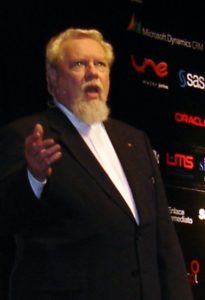 Jerry Fletcher, Networking Ninja, is a sought after International Speaker, beBee ambassador, founder and Brand Poobah of www.BrandBrainTrust.com
Jerry Fletcher, Networking Ninja, is a sought after International Speaker, beBee ambassador, founder and Brand Poobah of www.BrandBrainTrust.com
His consulting practice, founded in 1990, is known for Trust-based Brand development, Positioning and Business Development on and off-line.
Consulting: www.JerryFletcher.com
Speaking: www.NetworkingNinja.com


